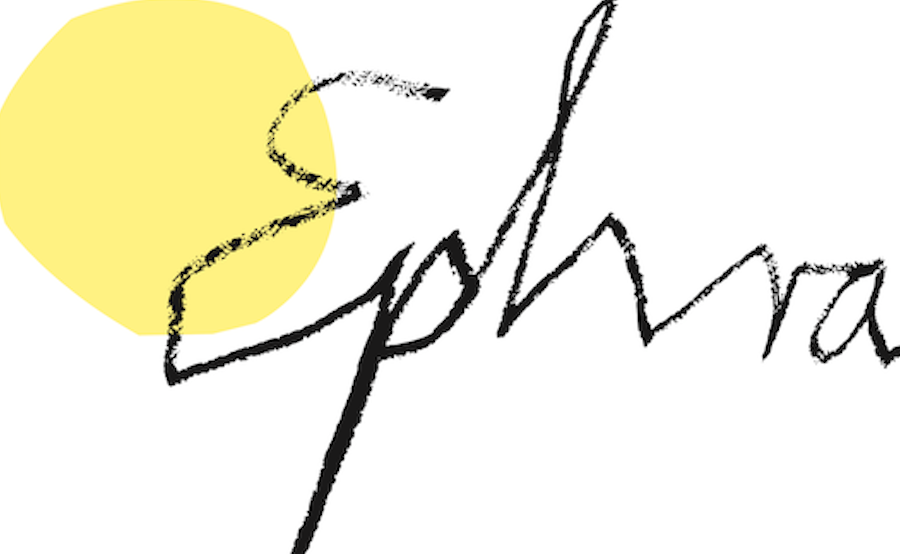Ambra Durante and the Black Box Blues
"When people say 'Ooh' at the sight of the colourful evening sky," replies Ambra Durante when asked what makes her really happy. But now it's only 10 o'clock in the morning and she's particularly happy to be spending time with us today. Ambra is 23 years old and paints, writes and draws pictures and books. She tries to put everything she feels and thinks into tiny little figures. She wanted to be an artist as a child – or join NASA, but physics wasn't her thing. Painting and drawing as a child also helped her to come to terms with the world. Back then, she was very scared of all sorts of things and preferred to be alone. Drawing made her feel understood and she was able to express her feelings without having to talk to other people about them. It did her good, even though she has since learnt that being alone is not always a good way to deal with sadness.
We want to know what made her sad in her childhood. Ambra tells us that she has a huge, confusing world in her head that is filled to the brim with all kinds of feelings. For example, she was very afraid of growing up. To cope with this, she drew a comic when she was 18 called Black Box Blues - the sadness of the black box. It's about a character called "Me" who is attached to a black box (the box is the belief that you can't do anything). I has a balloon in my hand (which represents the belief that I can do something). But when it flies away, I just can't get away from the box to catch it. Perhaps that's why Ambra answers our question as to which animal she would like to be: a swift. It can fly for a year without stopping - even in its sleep! It would certainly catch up with the balloon with ease...
Even today, Ambra is still sometimes afraid – of other people's opinions, for example - and is often sad. But today she knows that being sad is part of life, that you don't have to be happy all the time, neither for yourself nor for others. And you can't be happy without being sad – it would be like if it was always day and never night. That's probably why Ambra likes the evening sky so much, because it's somehow a bit of both. The crazy thing about feelings, says Ambra, is that they're not really things at all, they're just inside us. And yet they are often more present than anything else. But the good thing is that we can actually decide for ourselves what happens to them. To show us how this can be done, Ambra asks us to write one of our biggest fears on a piece of paper, fold it up and throw it into a box. While the box is hidden in a secret place, we are given pens and paper to draw creatures or things that fight against our fear. Monster-like creatures are created - one that sucks fear into itself with hoover hands, and a spooky glass of water that splashes fear until it gets cold feet and simply runs away. Together, we glue our protectors onto a large piece of cardboard on which a brave, wild world gradually emerges.
"The characters are all very different, but somehow they still fit together well," one of us realises as we look at our joint work at the end. It looks a bit like how Ambra described the world in her head: full to the brim with different feelings. Together, our creatures can surely conquer any fear! All the more reason not to be alone with her. One of us would like to take his fear note home, fold it into a ship and put it on a river to sail far away. Fear will probably not disappear completely from our lives with our monsters and ships. But the fact that we can name it and decide what to do with it makes it less scary and brings us a little bit closer to Ambra's balloon - the belief that we can do anything.







